Handling Unrealistic Deadlines
Prev 1 of 1 Next… Read More
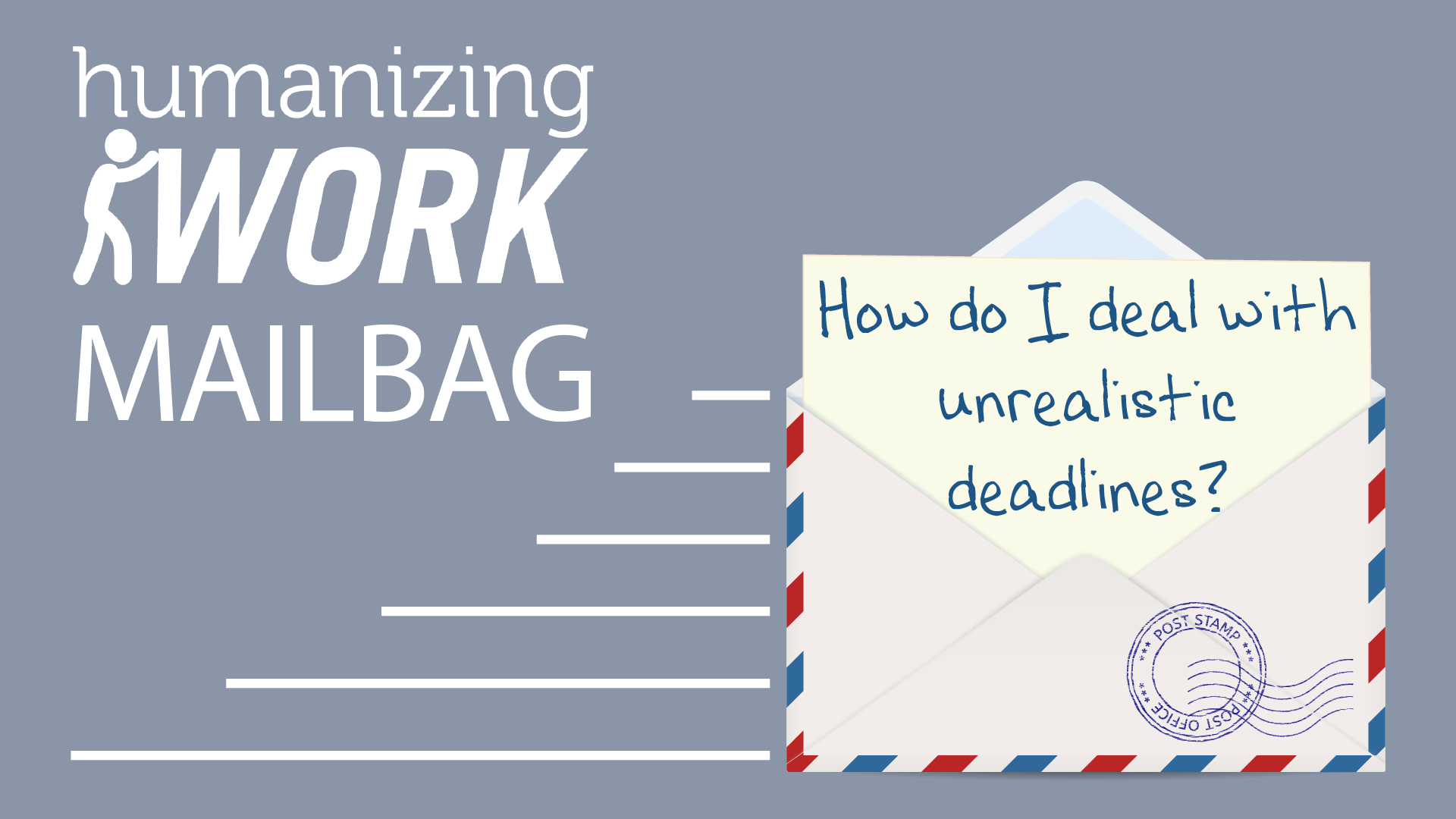
Prev 1 of 1 Next… Read More

Prev 1 of 1 Next… Read More
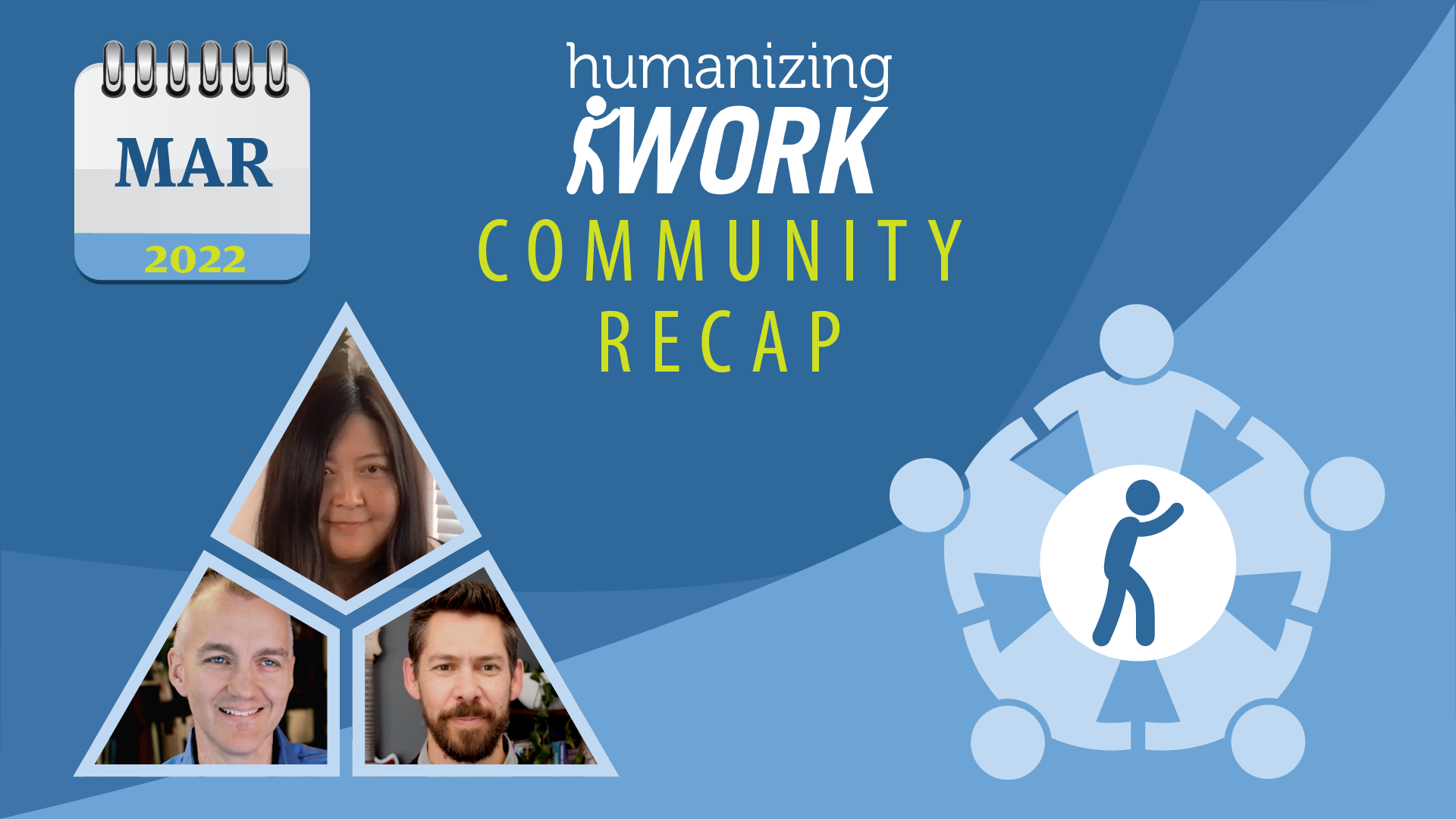
Prev 1 of 1 Next… Read More
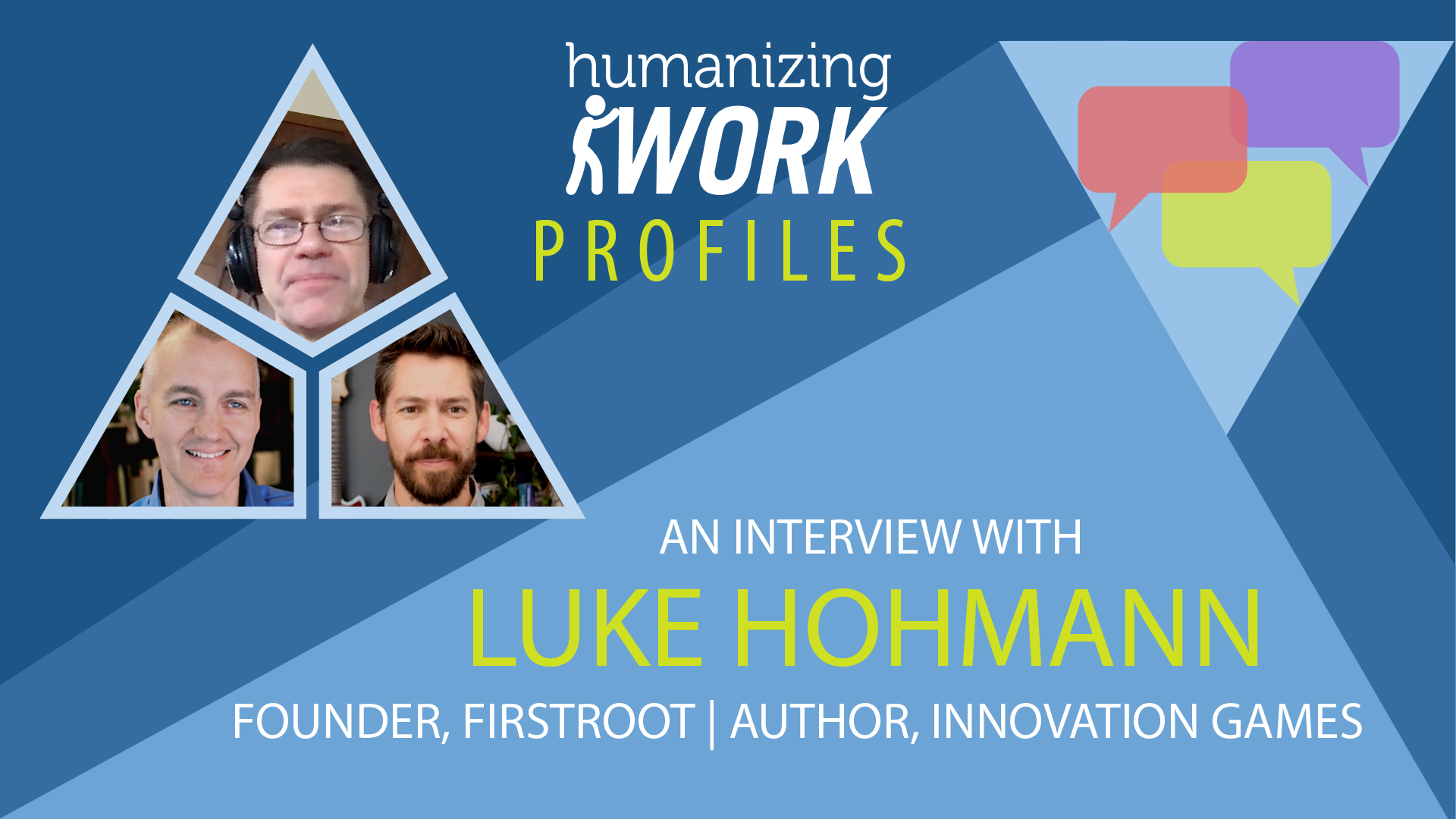
Prev 1 of 1 Next… Read More
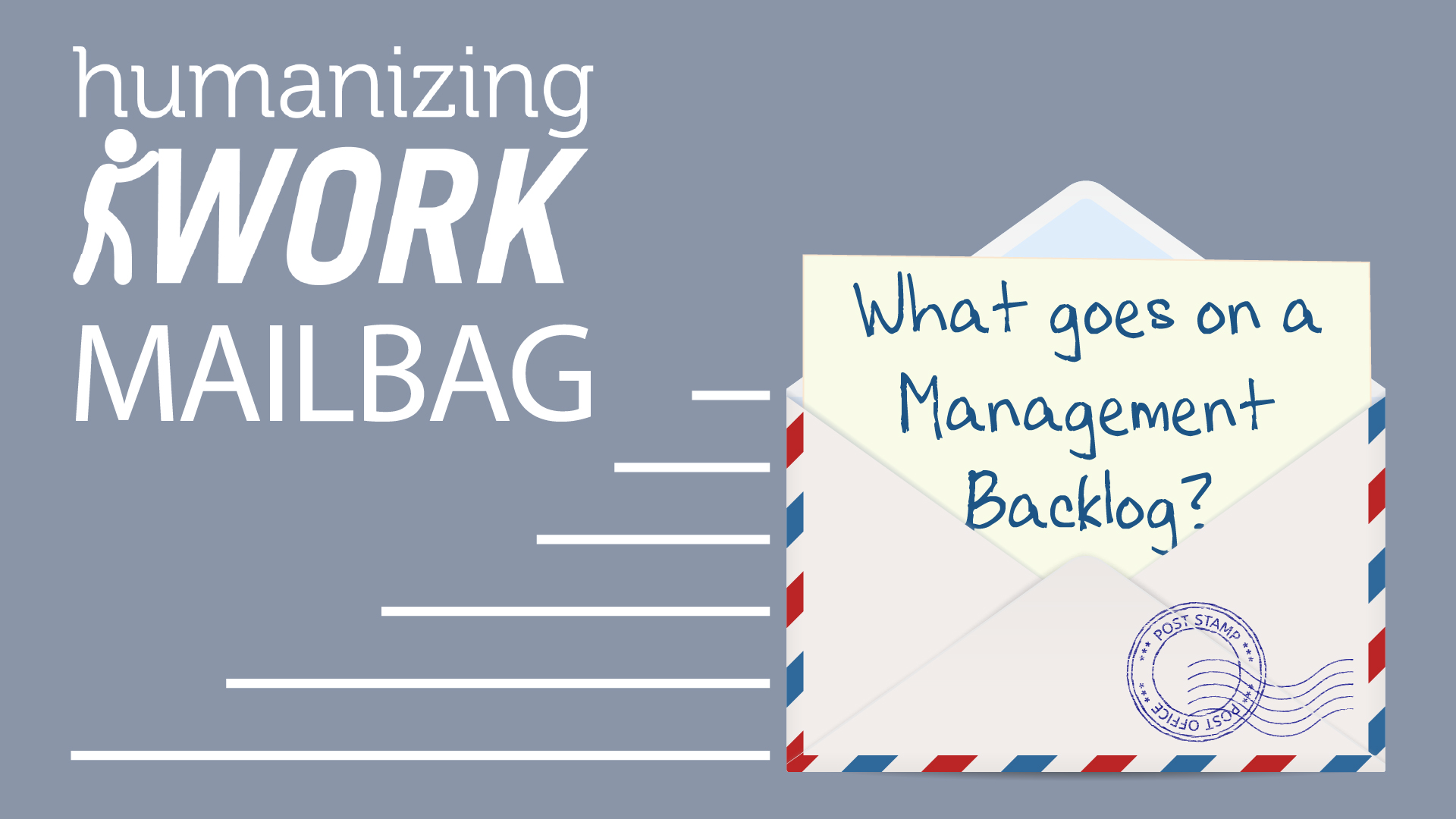
“I don’t really even know what my job is anymore,” Marco told me. “I was promoted to development manager because I was good at organizing… Read More
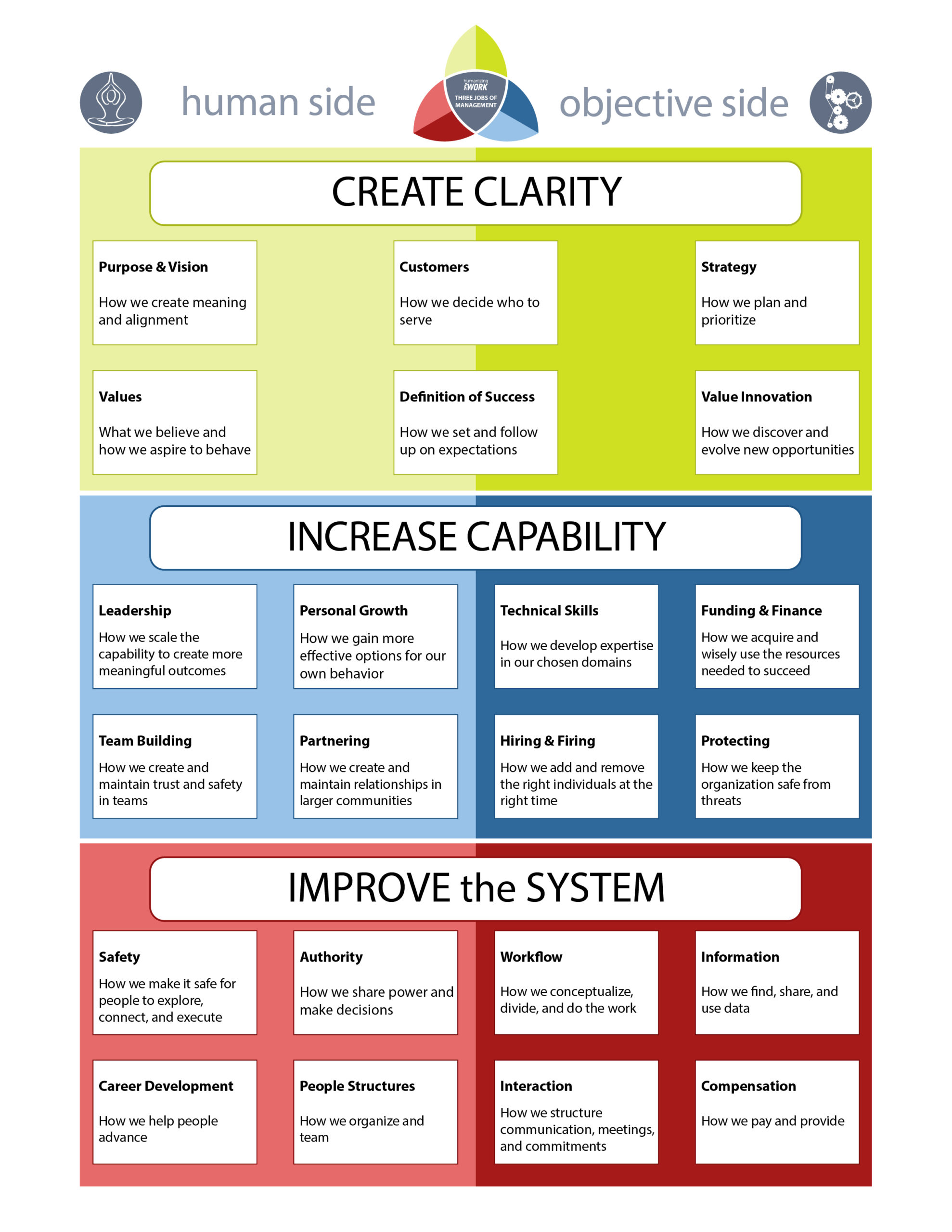
Prev 1 of 1 Next… Read More
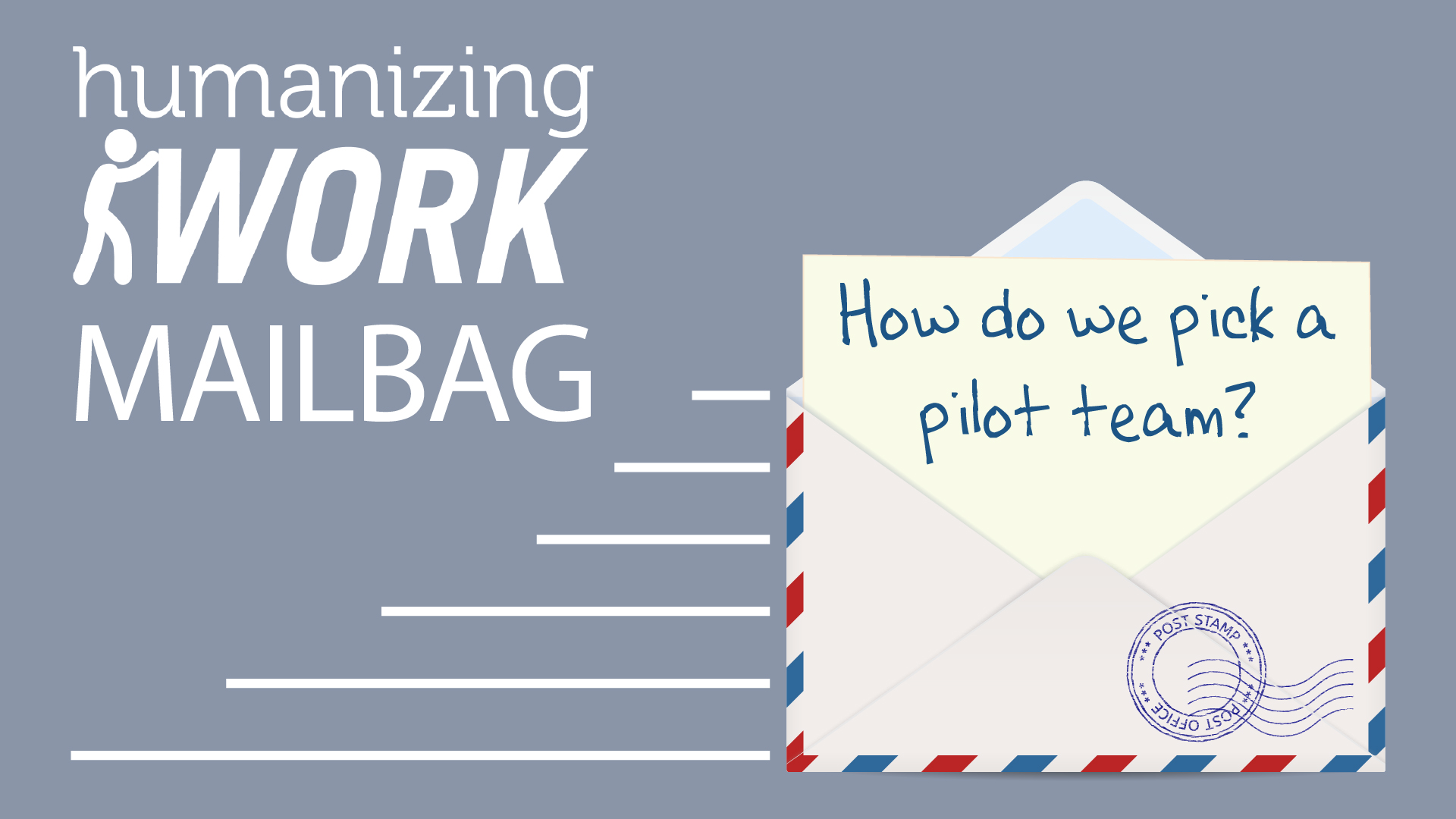
Prev 1 of 1 Next… Read More
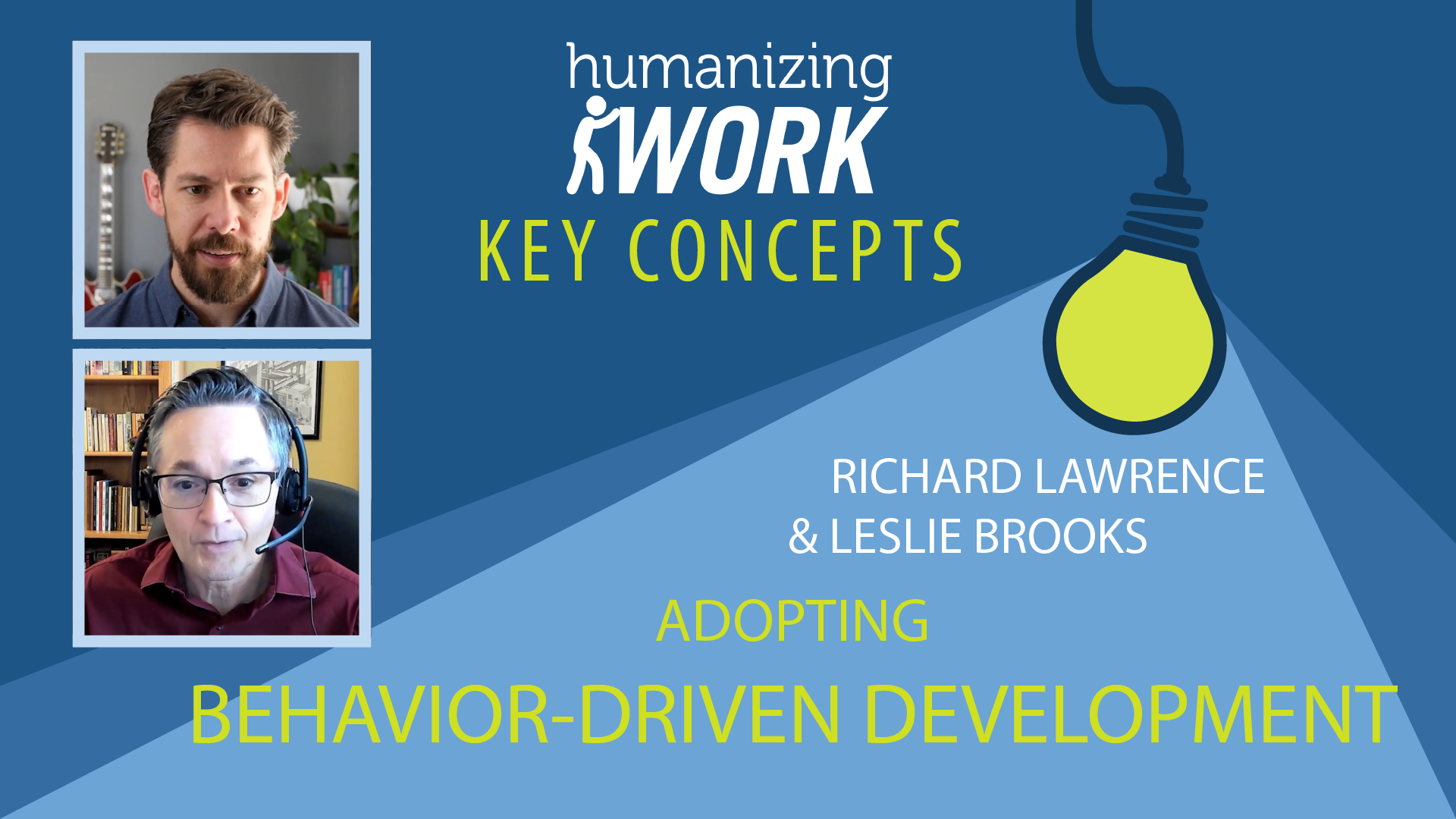
Different kinds of problems require different strategies to solve them. An approach that works great for one kind of problem fails miserably when applied to… Read More
We frequently get inquiries about translating my story splitting poster into other languages, typically from Agile consultants who work in primarily non-English speaking countries. This… Read More
How long should your sprints be? Generally, 1-2 weeks, with a preference towards a shorter sprint. But that’s not what I’m writing about today. I want to introduce you to the magic of 1-day sprints. Read More